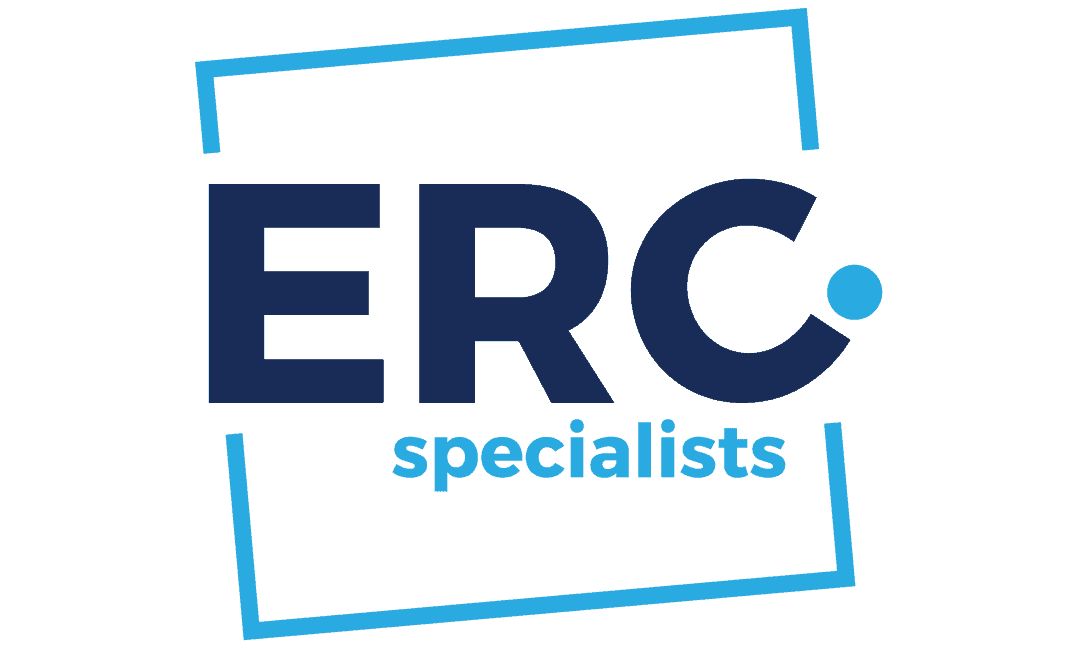If you are drowning in debt, bankruptcy might feel like your only option. Explore what that might look like for your small business.
Our content reflects the editorial opinions of our experts. While our site makes money through
referral partnerships, we only partner with companies that meet our standards for quality, as outlined in our independent
rating and scoring system.
One of the most frightening things you can experience as a business owner is the inability to meet your expenses. Maybe you have become overburdened with your small business loans or credit card debt. When you have no reasonable hope of getting your head above water, it may be time to consider filing for bankruptcy.
What Is Bankruptcy?
Bankruptcy comes in various forms, which we’ll cover below, but broadly speaking, it is a formal, legal declaration that you’re unable to pay debts. In the U.S., there are several different types of bankruptcy, all with their own rules and processes. Of those, the ones most likely to apply to you (as a small business owner) are Chapters 7 and 13 (and, more rarely, Chapter 11).
There are, of course, drawbacks to declaring bankruptcy. You stand to lose assets, and you’ll probably have a harder time accessing credit for loans or small business credit cards for years.
Which type of bankruptcy your small business might declare will depend on several factors, including the structure of your business, who is liable for the debt, and whether or not you want your small business to continue operating afterward.
Types Of Bankruptcy
Bankruptcy law is outlined in the United States Code under Title 11. The different types of bankruptcies, referred to as “chapters” after their location in the document, are as follows:
- Chapter 7 – The most common form of bankruptcy. With Chapter 7, a trustee is appointed to examine your finances. As Chapter 7 is more of a liquidation process than a reorganization process, the trustee will, in most cases, liquidate your assets. Creditors are paid in priority according to the amount of risk they assumed. Creditors who took on less risk get paid first. You can also file Chapter 7 as an individual, in which case some of your property may be exempt from liquidation.
- Chapter 9 – Governs municipal debts. You probably won’t be filing Chapter 9.
- Chapter 11 – You remain in control of business operations, but are subject to the oversight of the court. Chapter 11 can be used for either liquidation or reorganization. Creditors are kept at bay until their claims can be resolved in bankruptcy court. Note that the restructuring process can still result in the entire business being liquidated. Anyone can file Chapter 11, but most filers are large corporations or wealthy individuals.
- Chapter 12 – Covers only family farms and fishermen but is otherwise similar to Chapter 13.
- Chapter 13 – Allows you to propose a reorganization plan for your finances that will unfold over the course of three to five years. Rather than discharging debt, Chapter 13 functions as a more comprehensive form of debt consolidation that can even cover secured debt, liens, and taxes.
Rationales For Filing A Bankruptcy
Debt might be one of the most poorly understood financial topics. Conventional wisdom dictates that paying back your debts (plus all accumulated interest) is a moral–if not civilizational–imperative. As reasonable as that sounds at first, it’s a pretty absurd idea. The system only works because both the borrower and the lender take on risk when they agree to the terms of a loan.
If there are no risks to the borrower, the borrower is incentivized to take out as much money as possible. If there are no risks to the lender, the lender is incentivized to load up as many suckers as possible with debt recklessly.
Lenders have options for damage control when it comes to bad debt. For example, they can write debt off in their taxes and sell it to collections agencies. You, as a borrower, have bankruptcy protections. In short, you’re doing something so common it’s almost banal.
Filing Options
Strictly speaking, you don’t need to have a lawyer to file bankruptcy, and numerous resources online can walk you through the process of navigating your state’s bankruptcy system step-by-step.
Costs vary depending on where you’re located, but filing without a lawyer can save you a lot of cash.
Expect to put a lot of research time into it if you decide to file on your own. If you’re filing Chapter 7 as an individual, for example, you’ll want to know which of your assets are exempt from liquidation. Due to its greater complexity, it’s much harder to successfully file Chapter 13 without a lawyer than it is to file Chapter 7. You can find the forms on the United States Courts government site.
While you can file on your own, your chances of success rise substantially if you hire a bankruptcy lawyer. A lawyer can walk you through important questions—such as what debts are dischargeable— help you determine what “chapter” bankruptcy to file, advise you how to fill out forms, and even tell you whether or not it’s a good idea to file in the first place. Lawyer fees vary greatly but, on average, will range between the mid $100s to the mid $1,000s.
Legal and filing costs may vary depending on the type of bankruptcy you file for. Expect higher costs filing for Chapter 13 than Chapter 7, for example.
If you find yourself in a Catch-22 where you’re so cash-limited that you can’t afford these fees, you can qualify for pro bono counsel if your income is less than 150% of the poverty line.












